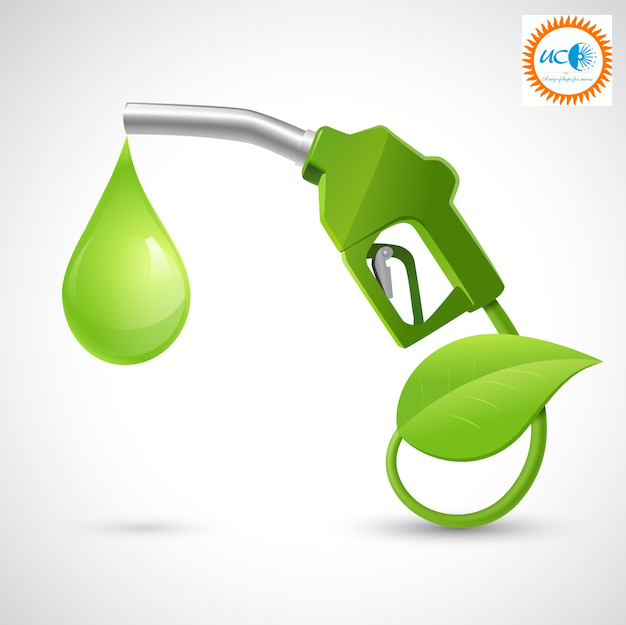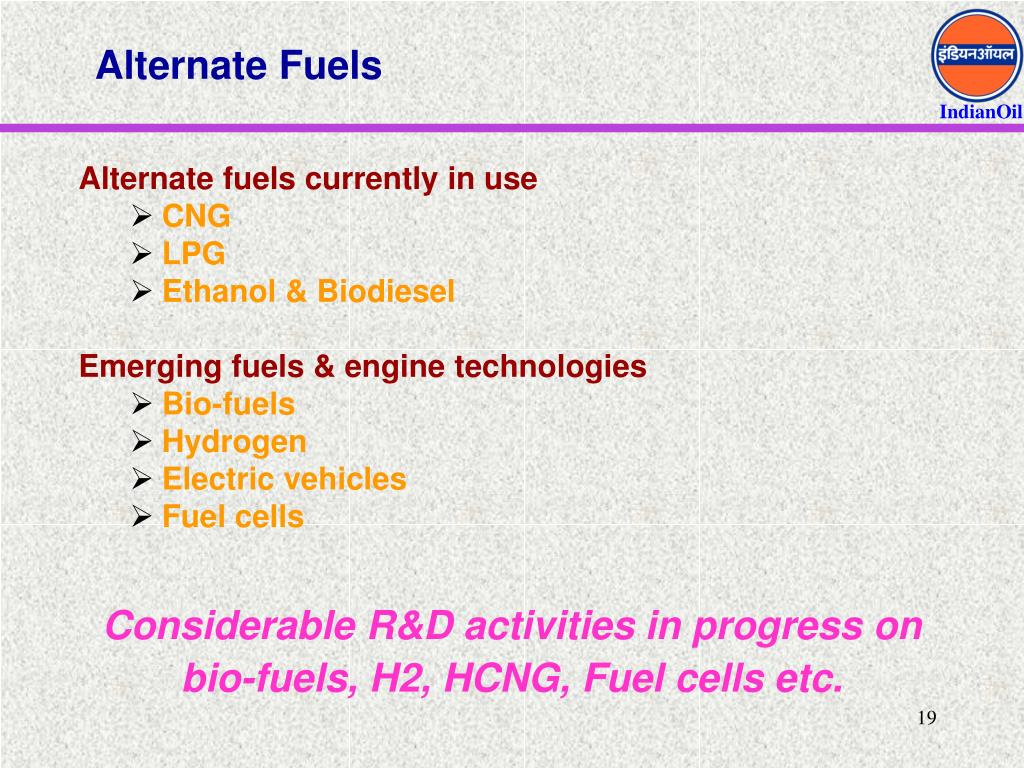CNG Network Facility in The Country
Why in the News?
Recently, the Petroleum and Natural Gas Regulatory Board (PNGRB) has led to the
establishment of CNG stations as a part of the development of City Gas Distribution (CGD) Network and the same is being carried out by CGD network.
- Government is promoting alternative fuels which inter alia include Liquified Natural Gas (LNG), Green Hydrogen, Compressed Bio-Gas (CBG), Ethanol, etc for reduction in green house gas emissions.
Comparison chart
| CNG | LPG | |
| Constituents | Methane | Propane and Butane |
| Source | Obtained from natural gas-and-condensate wells, oil wells, coal bed methane wells. | Automatically generated from gas fields when natural gas is extracted from the reservoir. By-product of cracking process during crude-oil refining. |
| Uses | Substitute for gasoline in automobiles. | Heating and cooking in homes, refrigeration, industrial, agricultural, catering and automobile fuel. |
| Environmental effects | Releases lesser greenhouse gas. | Releases CO2 which is a greenhouse gas but is cleaner when compared to gasoline. |
| Properties | It is lighter than air and hence disperses quickly in the event of spillage. | Highly inflammable. It is heavier than air and on leakage will settle to ground and accumulate in low lying areas. |
| Safety | Easily disperses, hence risk of ignition is minimized. | Since it is difficult to disperse risk of fire is more. |







